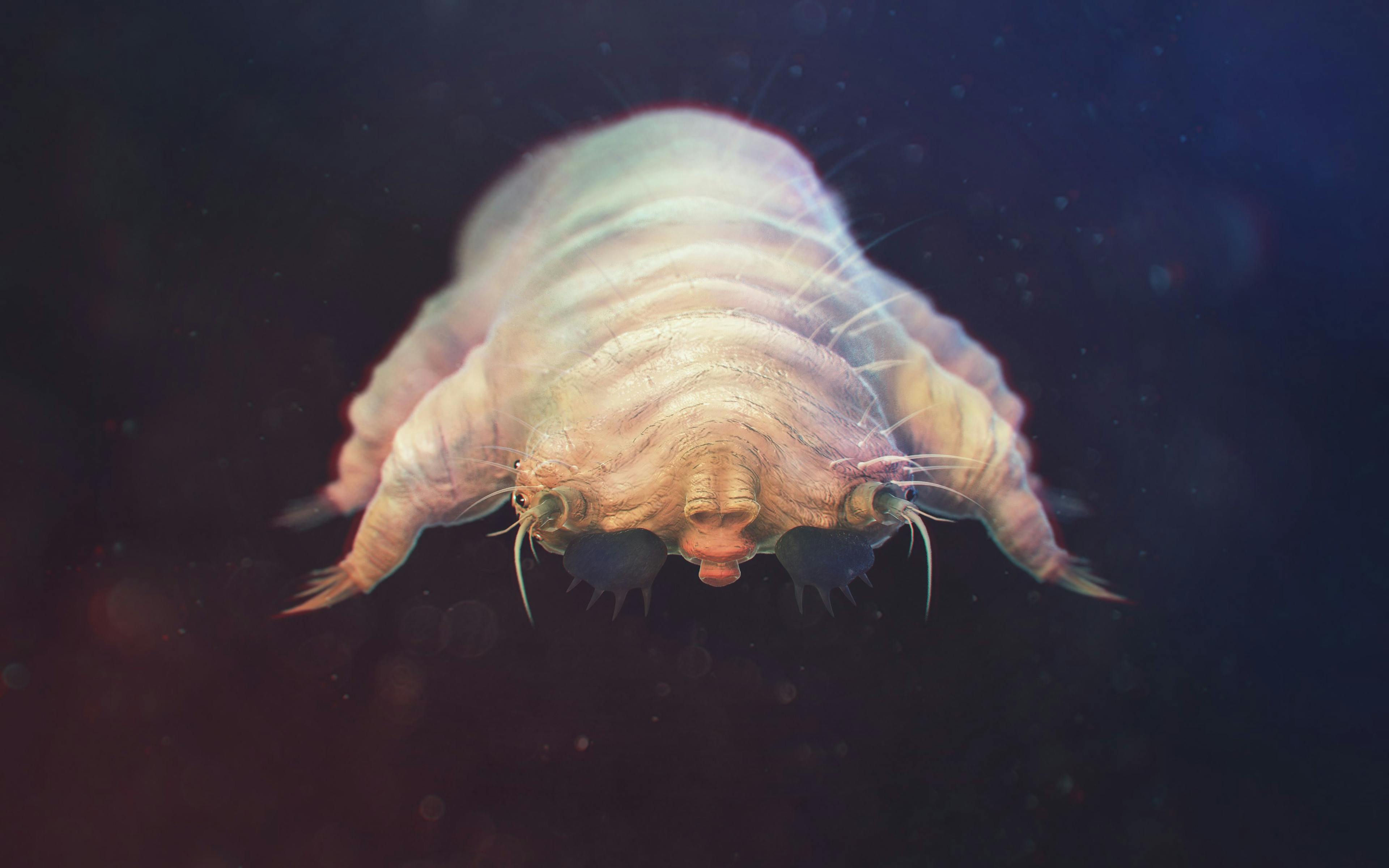- Acne
- Actinic Keratosis
- Aesthetics
- Alopecia
- Atopic Dermatitis
- Buy-and-Bill
- COVID-19
- Case-Based Roundtable
- Chronic Hand Eczema
- Chronic Spontaneous Urticaria
- Drug Watch
- Eczema
- General Dermatology
- Hidradenitis Suppurativa
- Melasma
- NP and PA
- Pediatric Dermatology
- Pigmentary Disorders
- Practice Management
- Precision Medicine and Biologics
- Prurigo Nodularis
- Psoriasis
- Psoriatic Arthritis
- Rare Disease
- Rosacea
- Skin Cancer
- Vitiligo
- Wound Care
Publication
Article
Dermatology Times
Chat Room Referral Could Redefine the Physician-Patient Relationship
Author(s):
In this month's Legal Eagle column, David J. Goldberg, MD, JD, explores chat room referrals and how they could possibly alter the physician-patient relationship.
Dr D had an active dermatology practice before the COVID-19 pandemic. Faced with the negative impacts of lockdowns and business downturns, he sought ways to increase revenue in his office. After considering a variety of practice enhancement options, he hired a webmaster, who designed his new, highly interactive website.
Leveraging this new site, Dr D now performs telemedicine visits, has a strong social media presence, and enjoys all the new patients he is seeing both virtually and in the office. In fact, he spends hours answering e-mail questions. He had been advised, and has been very careful, not to “practice medicine” on all these virtual sites.
One month into the pandemic, he was sent an e-mail by a woman who lived 5 hours from his practice. According to the e-mail, the patient had been seeing her local dermatologist for 3 years with a diagnosis of multiple skin cancers. She had been treated with a variety of methods and 1 particular area on her cheek was not responding. She stated in her e-mail that she was unable to travel to Dr D’s office and desperately needed his help.
Dr D corresponded with the patient 6 times over the next 2 months. He was very careful not to discuss the actual diagnosis of her condition with her. However, he did give her extensive advice about the pros and cons of the treatments she had previously received.
Dr D never suggested any changes in her treatment and, much to his dismay, he never received any payments from her for his time. In his last e-mail to the patient, he advised her to join a web-based “chat group.” She thanked him for this advice and joined such a group. Because of the homeopathic and naturopathic suggestions she received from the chat group, she did not seek further dermatologic care for the next 4 months.
In that time, the same area of her cheek began to bleed. She went to see a new dermatologist. A biopsy of the suspicious area revealed amelanotic melanoma. After initial surgery she became infected, was hospitalized, and ultimately had a large scar across her cheek. Further evaluation revealed metastatic disease and she died 6 weeks later.
Her estate sued a variety of individuals, including Dr D. The basis of her claim against Dr D was that she delayed treatment because he advised her to join a skin cancer chat group. Dr D knows that he cannot lose the lawsuit unless his e-mail advice established a physician-patient relationship. Has that happened?
The answer involves an understanding of the physician-patient relationship in our information-based world. The lawsuit hinges on whether the referral to a chat group constitutes the practice of medicine. If the referral is not determined to be a form of medical practice, then such activity cannot form the basis for creating a physician-patient relationship.
To determine if a given activity is medical practice, one must look at the laws of each jurisdiction. The laws may vary from state to state. For example, in Virginia there is a generic statute that defines the practice of medicine as “the prevention, diagnosis and treatment of human physical or mental ailments, conditions, diseases, pain or infirmities by any means or method.” Maryland law goes further and articulates a list of elements to characterize the practice of medicine, stating that the practice of medicine includes “diagnosing, healing, treating, preventing and prescribing.”
There are very few states that apply this concept to telemedicine, the practice of medicine via the web. In Arizona, a telemedicine law defines this area as “the practice of health care delivery, diagnosis, consultation, treatment, transfer of medical data and education through interactive audio, video or data communications.” In those states where either statutory or boards of medicine examiner regulations exist, the question that must always be asked is whether the electronic activity in question relates to treatment or diagnosis.
Dr D referred his patient to a chat group. Undoubtedly, recommendations from members of the chat group are outside the bounds of organized medicine. Whether the referral would be outside the practice of medicine would depend on the intent behind Dr D’s referral. This will be determined by a court of law.

Newsletter
Like what you’re reading? Subscribe to Dermatology Times for weekly updates on therapies, innovations, and real-world practice tips.



















